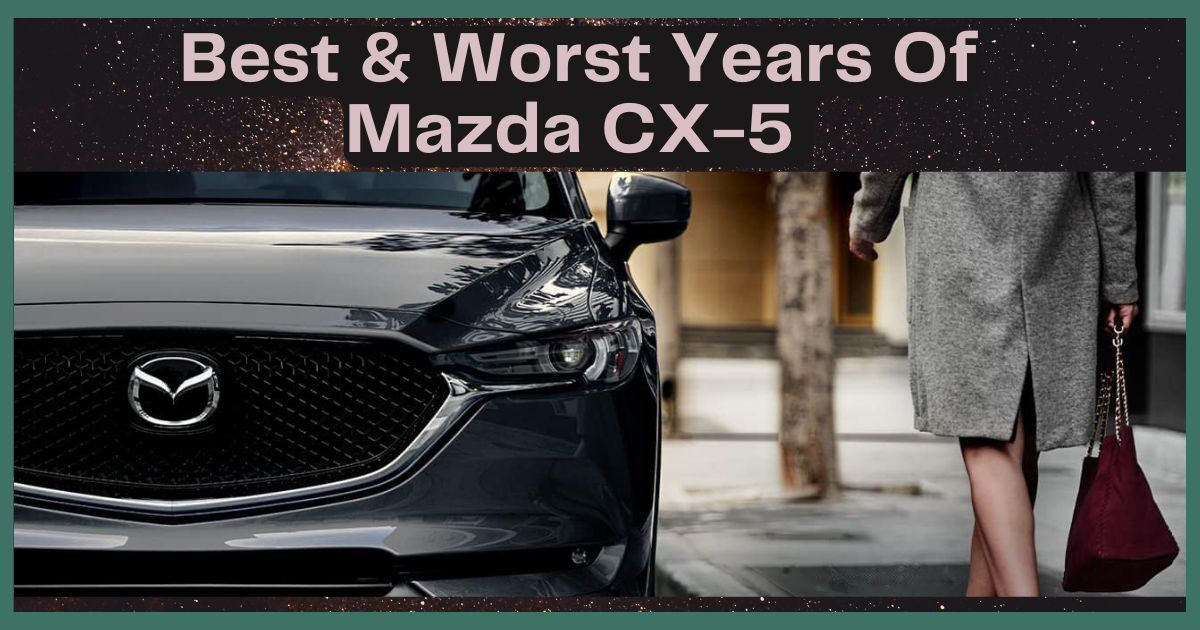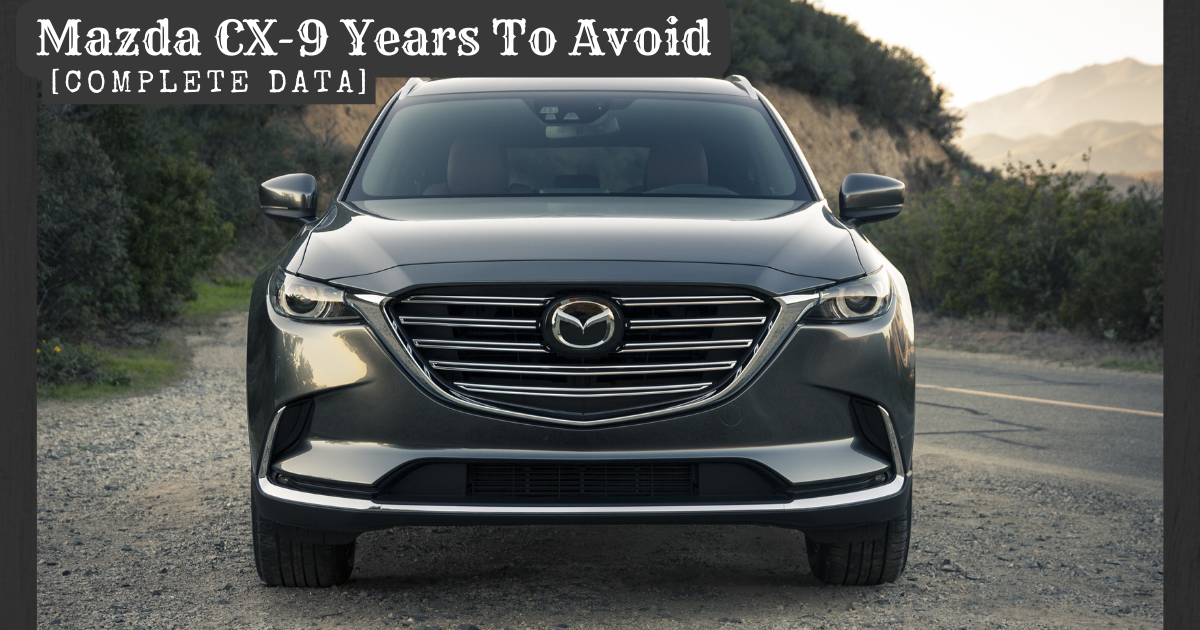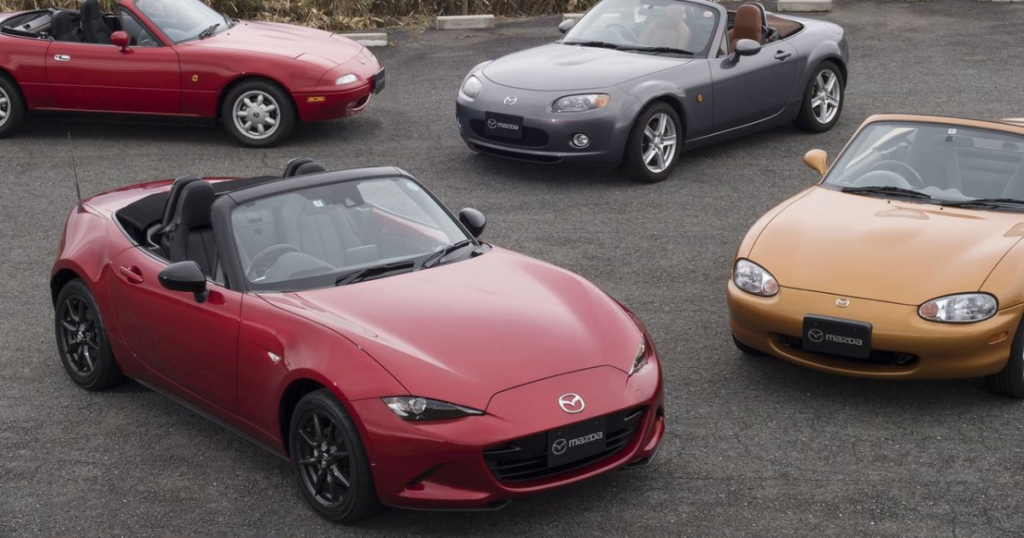
Established in 1920 as a cork manufacturer, Mazda has undergone significant change and improvement over the past century to become a household name in the automobile industry. Nowadays, it is most well-known for its range of enjoyable, affordable, fuel-efficient, and visually appealing automobiles.
The god of harmony and wisdom inspired the name Mazda, which the company selected because it sounded like the president at the time (Matsuda). The introduction of their revolutionary tricycle truck shook the industry to its core and garnered them widespread recognition. Today, Mazda is a global leader in automobile production, with the United States and Europe constituting their two significant markets.
When asked if Mazdas are good automobiles, a resounding “Yes” should be the choice response. Mazdas are high-quality vehicles because of their dependable performance, fine ride quality, impressive safety ratings, affordable price, and attractive design.
Are Mazdas Reliable?
Mazda’s reputation for reliability is a significant factor in the company’s success. Mazda was ranked #19 on MotorEasy’s list of most reliable vehicles.
Mazda is highly regarded for its portfolio of automobiles, especially when it comes to aspects of the car other than the transmission that is not powered by electricity. Mazda is in the same league as other reputable brands like Lexus, Honda, Toyota, and Suzuki.
For these reasons, a growing number of consumers are opting for the Mazda. Vehicles don’t appear to require frequent visits to the mechanic because they tend to hold up well and are rarely repaired at the garage.
They’re dependable and sturdy enough to last for years without breaking down. Several Mazdas that are 20 years old or older continue to operate without significant issues.
Reliability ratings for Mazda are based on characteristics such as:
- Engine and transmission failure complaints, repairs costs, and the total number of recalls
- To what extent do mechanical failures contribute to catastrophic crashes?
Why are Mazda cars good?
Mazdas are deemed to be well-reputed and a popular choice for the following reasons:
Affordable to Maintain / Cost-Effective
What good is a reliable vehicle if it costs an arm and a leg to keep it running? So even if their cars have higher maintenance needs than typical, you won’t break the bank taking care of them.
Mazda incurs roughly $471 in operating costs per year. The total cost of ownership for a Mazda is still significantly less than the average for its segment. The yearly expense of owning a Mazda is still much lower than the average of $652 for its category.
Engine
Although you may read in many publications that specific Mazda engines are problematic, you may find that this is relatively rare. Typically, a well-cared-for Mazda can go over 200,000 miles without needing any major repairs.
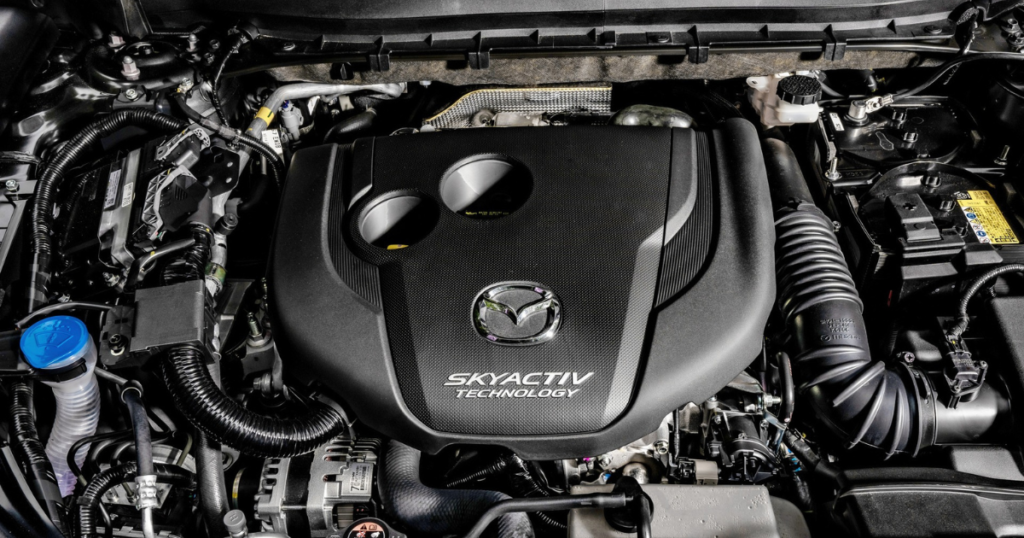
Mazda also makes some exciting powertrain options. A model in the selection meets your needs, whether you want a fuel-efficient engine or something with more power.
Features and Technology
When it comes to introducing new technologies, Mazda is neither the first nor the last. Thus, all of the models have a respectable degree of built-in technology.
In general, you may expect to spend more on more luxurious alternatives. Mazdas, however, are very adaptable and can be fitted with almost any option imaginable.
High Resale Value
If you’re in the market for a new vehicle, you might want to check out a Mazda because they retain a high level of value.
When purchased brand new, their resale value is expected to be far higher than the typical car’s. Several of them may be purchased for significantly less than $2,000. For this reason, Mazdas are among the best automobiles to lease or purchase used (rather than new).
For this reason, Mazdas are excellent choices for anyone who plans to resell their vehicle within the first five years. Due to the low cost and high availability of replacement parts, Mazda automobiles are frequently purchased and sold by those looking to recoup some of their initial investment.
Safe as Houses
Their automobiles include many airbags, sturdy body structures, seatbelts with pre-tensioners and load limiters, and other safety features that make this possible. Active safety features like the i-ACTIVESENSE are also standard on many of the Mazdas’ vehicles.
You can think of it like a radar system that alerts you to impending danger. This occurs when a car is approached too rapidly and closely in front of it. In addition, many of their vehicles are equipped with a Forward Collision Mitigation System that automatically applies the brakes in the event that it detects an impending collision.
This suggests that insurance premiums are also competitive. As an illustration, the average cost of insurance for a Mazda is $138 per month. The sum is on par with the average for the industry.
However, the precise figure will change depending on factors such as the make and model of the vehicle, the driver profile, the extent of coverage, and the location of the policyholder.
Efficient
The handbook is spot-on in stating that SKYACTIV-X increases fuel efficiency and that improvement is around 20% more than the typical conventional engine. Because of their reliable performance and reasonable prices, Mazdas are a common choice for people in the market for a replacement vehicle.
Mazda has put in a lot of time and effort to develop a technology that reduces fuel consumption. Mazda’s most recent and cutting-edge engine that uses the most recent advances in technology is the Skyactiv-X, which was initially created in 2013.
Easy and enjoyable to Drive
Mazda’s marketing has recently emphasized the company’s cars’ superior driving experiences, but this trend has continued for some time. It’s partly due to the quality of their SkyActiv engines, which can produce enough power without turbochargers (although some models do have turbochargers).
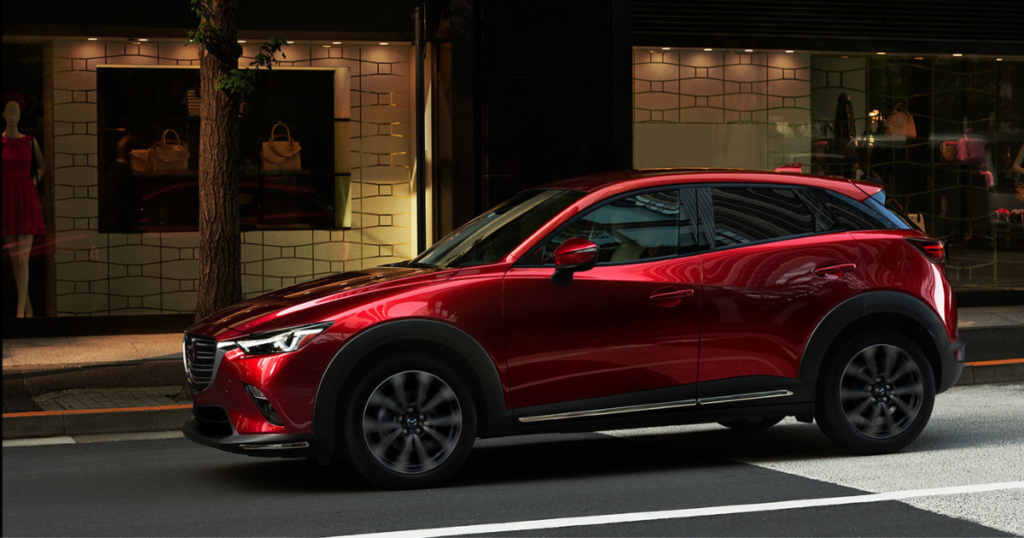
And that’s in no small part due to the chassis’s solid build, the suspension’s smooth ride, and the wheel’s precise control. You can feel what the front wheels are doing because of the high quality of the steering input.
Compared to other SUVs, the CX-9, one of their larger vehicles, is universally praised for its superior athleticism, making it the go-to pick for severe drivers and race fans.
Common Issues with Mazda Cars
Naturally, there is no such thing as a perfect automobile. Although the disadvantages are few, they are nonetheless worth mentioning.
Not very Practical
Both the CX-5 and CX-9, two of their SUV offerings, are suitable examples. Despite widespread acclaim from owners, both vehicles could have benefited from increased rear freight area storage space.
The CX-9 also has a low maximum payload of 3,500 pounds. Towing capacity is another area where the CX-9 falls short of competitors like the Toyota Highlander.
Interiors are from a Bygone Era
Indeed, Mazda’s cabin is a cut above that of the Toyota and Honda offerings. Construction is refined, and standard features like leather and plush fabrics appear throughout. Some specific entry-level models are so stripped-down that you’ll need to spring for a more expensive one anyway.
Mazda’s cabin might use a little facelift. Yet, they are not terrible, and the premium-quality sense of their construction has previously been emphasized. The problem is that it seems old and boring.
The fancy buttons on the steering wheel are all at least a decade out of date; the infotainment screen is laughably tiny, and there is no fully digital instrument cluster. It looks more like the cabin of an Audi from the early 2010s. A touch antiquated, but not bad.
Compared to competing car manufacturers, the overall impression is monotony. Yet, Mazda deserves praise for not abandoning the usage of physical knobs for the audio and climate controls. A vehicle’s electronics don’t have to be touch-sensitive or digital in every way.
Low mileage
Mazda vehicles are well-known for their attractive appearance, dynamic performance, and dependable operation, yet, they may not have the best fuel efficiency compared to their competitors. Eventually, this could lead to worse gas mileage and more significant expenditures.
With the introduction of Skyactiv technology, Mazda has been aiming to enhance fuel efficiency in recent years. Its technology attempts to maximize performance while minimizing fuel consumption.
TPMS Warnings & Valve Stem Corrosion
Vehicle owners who own Mazdas have complained about erroneous alerts from the tire pressure monitoring system. However, not every tire problem may be dismissed as a false alarm.
Valve stem corrosion has been reported. Tire blowouts are another problem that can arise and can be quite dangerous.
Disabled Airbags
The recall of Takata airbags included Mazda vehicles. Unfortunately, however, airbags have problems that go beyond competing brands’ concerns.
Mazda appears to have welded in a careless fashion, causing electrical connections to be made between unintended parts. Due to this flaw, the airbags are ineffective, and the passengers are at risk.
Engines Produce a Lot of Exhaust
That’s just what buyers have to put up with in exchange for Mazda’s renowned economy; Mazda automobiles’ efficiency stems from their low curb weight and high compression ratio engines. The problem is that Mazdas are extremely noisy and polluting.
When driven aggressively over rough terrain, Mazdas always produce more exhaust than usual. Even while the exhaust isn’t as terrible as some other cars’ (like Mercedes), it may still get unpleasant afterward. Engines are also vulnerable to exhaust gases.
Although the exhaust fumes from this vehicle are safer to be around than those from other vehicles, they are nevertheless undesirable. Mazda’s engines produce a lot of harmful emissions and waste a lot of gas, so that’s the biggest concern.
Most Reliable Mazda Models
MAZDA CX-9
CX-9, a mid-size SUV, is the most recommended model. Anybody who needs seven seats and wants to take on the backroads with verve will appreciate the dynamic steering feel. But it’s not without admitting that the CX-9 could need a bit more muscle.
As impressive as the 6-speed automatic transmission may be, the package would have been better served by a manual transmission or dual-clutch setup.
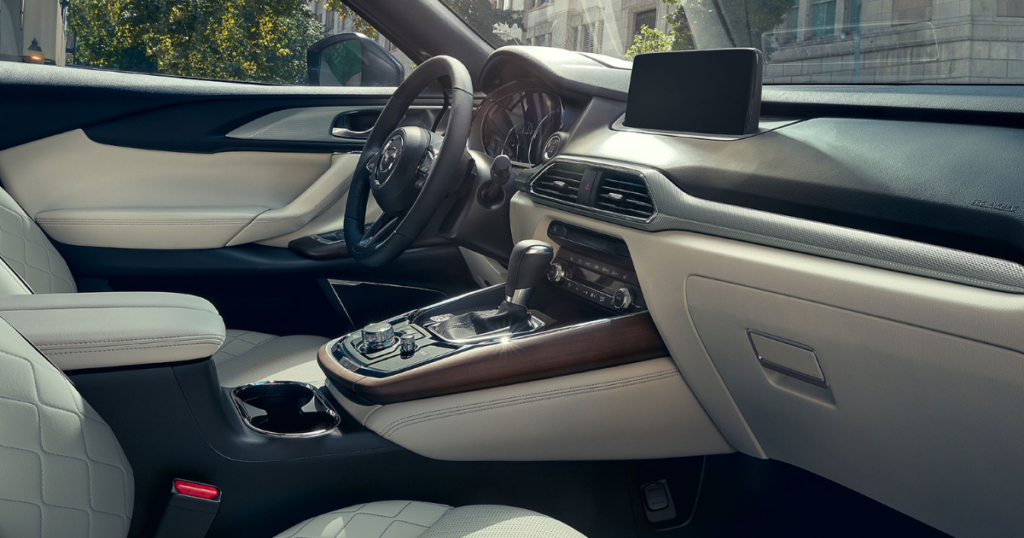
If you’re looking for a sporty SUV, the CX-9 is the place to go before you move on to more luxury choices like the BMW X3. Although the base price of a CX-9 is $35288, you’ll need to spring for the $37440 Touring model to get niceties like leather upholstery and a power trunk.
All trims come equipped with a 2.5L turbo engine producing 250 hp and 320 lb-ft of torque (with 93 octane fuel). All-wheel drive is standard, so you won’t be inconvenienced even settling in a colder climate.
MAZDA CX-5
Mazda’s CX-5 is a compact sport utility vehicle (SUV) available with either a naturally aspirated or turbocharged four-cylinder engine and front-wheel drive.
Although the base model costs only $25560, it is recommended to spend the extra money on the Grand Touring trim level ($30570) for the motorized sliding sunroof, Bose sound system, and power liftgate.
MAZDA 3 Hatchback
The base price is only $22761, but the least costly trim, the Select, costs up to $41111. Keyless entry, upgraded-looking alloy wheels, and blind-spot monitoring are also included.
You’ll need to shell out at least $28360 for the top-tier Premium model to get your hands on the most thrilling manual transmission. Yet, if all-wheel drive is your first priority, the Preferred model (base price: $25761) may be yours.
All the aforementioned trim levels come standard with a 2.5-liter engine producing 187 horsepower. The all-wheel-drive, 250-horsepower turbocharged engine with automatic gearbox will set you back a minimum of $31554.
MAZDA MX-5 MIATA/RF
If you’re looking for a sporty automobile, the Mazda MX-5 is your best bet. You may have it in Targa or Roadster form (the roof still opens, but behind the seats, the roof structure remains in place).
One is as good as the other. Nevertheless, the Targa roof on the MX-5 RF adds 51 kilograms to the car’s weight and over $6,000 to its price tag because of its automatic roof system.
For $26841, you can get your hands on this roadster. On the other hand, the $30,300 Club version is the one to have. This is due to its limited-slip differential, Bose sound system, and heated seats in the manual gearbox.
All of them are rear-wheel drives and come with either a 6-speed manual or an optional automatic transmission with a 2.0L engine that produces 181 horsepower.
Mazda Cars To Avoid
While some Mazdas are great cars, others are unreliable. Based on feedback from Mazda owners and operators, a few models in the Mazda lineup are less reputable than others. Concerns with Mazda vary widely between models. Below are the documented issues for each model:
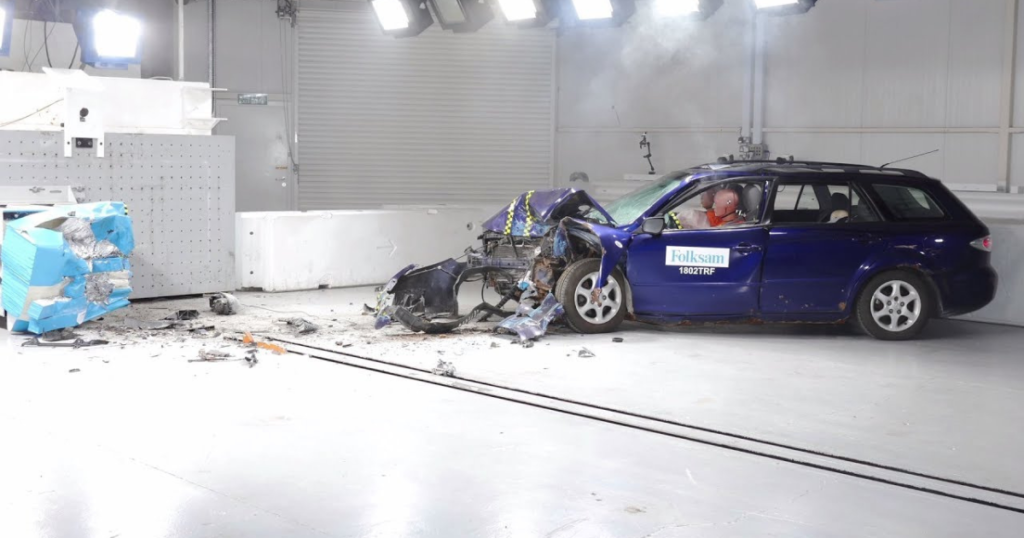
- Mazda 3: The rear brake lights on this Mazda model are a common complaint. The lights in the back of the automobile often make a rattling noise because they get loose over time. Likewise, vehicles should exercise caution while approaching speed bumps or other forms of bumpy roads.
- Mazda 2: Although the vehicle is reliable overall, there is a complaint of a problem with the fuel pipe. Every motorist should remember that it is more vulnerable to damage because it hangs lower to the ground.
- Mazda 6: Although the Mazda6 is a standard pick, it has Diesel Filter problems. Given its heightened sensitivity, the Tire Monitoring System is another potential source of concern. Temperature fluctuations in your region may cause your monitoring system to be more sensitive than usual.
FAQs
Do Mazda Cars Last Long?
Mazdas have above-average reliability, and it’s not unusual for them to go 200,000 miles (321,869 kilometers) or more without significant repairs.
Specific models, like the Mazda3, can live even longer, with a lifespan of 250,000 to 300,000 miles (402,336-482,803 km), depending on how often they are driven and how well they are maintained.
Is Mazda Better Than Toyota?

Mazda is a formidable competitor compared to Toyota, but it would be a leap to call it the superior brand. Mazdas tend to offer sharper driving dynamics and more sophisticated interiors, whereas Toyotas lean more toward the comfort side.
When it comes to dependability, Toyota has long been the gold standard. Nevertheless, Mazda’s recent improvements have allowed it to surpass Toyota in Consumer Reports’ assessments for both 2019 and 2020.
Why Aren’t Mazdas As Popular As Toyotas Or Hondas?
Mazda’s lack of popularity can be traced back to the company’s inability to compete with the likes of Toyota and Honda, two more widely recognized automakers.
Although Mazdas are high quality, enjoyable to drive, and visually appealing, they lack the “X” factor that would make them a masterpiece.
Examples include Hyundai and Kia, which provide customers exceptional value through low prices and lengthy warranties, and Subaru, which has carved out a significant and devoted customer base.
Conclusion
With its excellent fuel efficiency, it consistently achieves high EPA ratings. They employ cutting-edge technology to make their cars simple to use; despite minor flaws, it has already proven to be one of the century’s top automobiles.
Whether you’re in the market for a stylish convertible or a roomy family vehicle, you can’t go wrong with a Mazda. The company’s vehicles include the newest and most significant technological, practical, and driver-assistance advancements.
With characteristics like safety ratings, age, and maintenance costs all taken into account, the 2019 and 2018 Mazda vehicles rate relatively high as good values.
Evidently, Mazda deserves to be called a good automobile because the company has continually shown development over the years and made improved modifications to the car over time.

